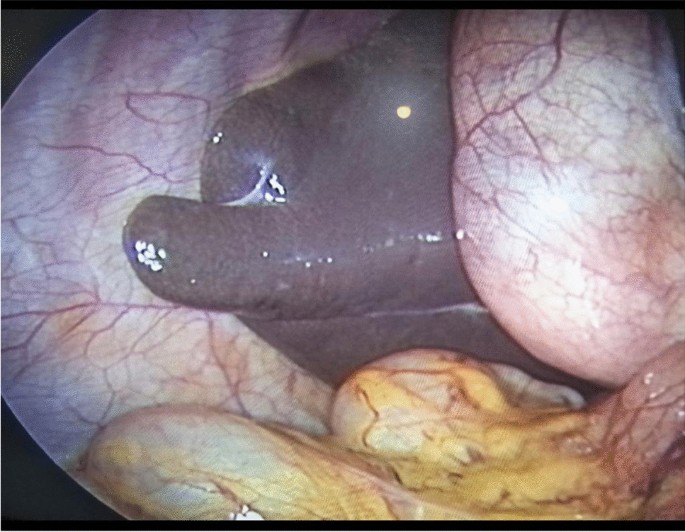Riedel’s Lobe of the Liver: Symptoms, Diagnosis, and Treatment
Riedel’s lobe of the liver is a rare anatomical variation that is characterized by a downward tongue-like projection of the anterior edge of the right lobe of the liver to the right of the gallbladder. It is more common in women than in men, and it is usually asymptomatic. However, in some cases, it can cause symptoms such as abdominal pain, bloating, and constipation.
The exact cause of Riedel’s lobe of the liver is unknown. However, it is thought to be caused by a combination of genetic and environmental factors.
Some risk factors for Riedel’s lobe of the liver include:
- Female sex
- Age > 50 years
- Family history of Riedel’s lobe
- History of radiation exposure
Riedel’s lobe of the liver is usually diagnosed with imaging tests such as ultrasound, computed tomography (CT), or magnetic resonance imaging (MRI). These tests can help to distinguish Riedel’s lobe from other conditions that can cause a mass in the right upper quadrant of the abdomen, such as a tumor or an enlarged kidney.
In most cases, Riedel’s lobe of the liver does not require treatment. However, if it is causing symptoms, it can be treated with surgery to remove the lobe. Surgery is usually successful in relieving symptoms and does not have any long-term complications.
Here are some additional things to know about Riedel’s lobe of the liver:
- It is often mistaken for a tumor on imaging tests.
- It can be associated with other conditions, such as Riedel’s thyroiditis and Riedel’s pseudotumor.
- It is not associated with any increased risk of cancer.
If you have any concerns about Riedel’s lobe of the liver, talk to your doctor. They can evaluate your symptoms and recommend the best course of treatment for you.

Leave a Reply